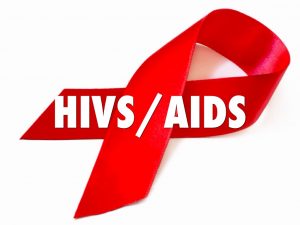
Sarcoma is a cancer of a rare kind. Sarcomas are cancerous tumors that grow in the connective tissues and cells that support or connect tissues of other kinds in the body. It is mostly in the blood vessels, bones, fat, muscles, nerves, cartilage and tendons of the legs and arms of the body that they are commonly occur. However these tumors can happen in any part of the body. There exist 50 kinds of Sarcoma but can be grouped into two main categories that is bone sarcoma and soft tissue sarcoma.
Causes of Sarcoma are not yet identified however there are a few factors that increase risk of the disease. If there is a history of someone in the family suffering from Sarcoma, if a person has a genetic disorder like Li-Fraumeni syndrome, Neurofibromatosis, retinoblastoma or Gardner Syndrome, or a person has Paget’s disease a bone disorder or if the person has been exposed to radiation during a cancer treatment, then it could be a cause of Sarcoma.
Symptoms of soft tissue sarcoma include difficult to spot painless lump on the body. When the lump grows bigger it could press against the muscles and nerves giving trouble while breathing or making the person uncomfortable.
In the case of Osteosarcoma, the person experiences pain on the affected bone, that can worsen during night time. Weeks after the pain, there may be swelling and if the sarcoma is in the leg, then the person may limp. As compared to adults, children and teenagers are more prone to Osteosarcoma. Since teens and active and healthy children often have swelling and pain in the legs and arms the disease may be mistaken for sports injury or growing pains. A doctor must be contacted if the pain is in one leg or arm or worsens during night time. Adults suffering from this kind of pain must right away see a doctor.
Diagnosis of Sarcoma is done by biopsy that is taking samples from the tumor, taking MRI, Ultrasound, CT scan or bone scan in case of Osteosrcoma.
Depending upon the type of Sarcoma, treatment is administered. Sarcoma treatment is possible by surgically removing the tumor. Cancer cells are removed in case of Osteosarcoma, eliminating the need to remove the leg or arm. Before surgery, radiation is given to shrink the tumor and to kill cancerous cells left post surgery. If surgery is not an option then this could be the main treatment. Instead of surgery, chemotherapy drugs may also be given. As part of newer treatments, targeted therapies are also administered these days to block cancer cell growth. If the cancer has not spread, then survival rate for the disease is between 60% and 80%. If all the cancer is removed by surgery, then the disease is more likely to be cured.








